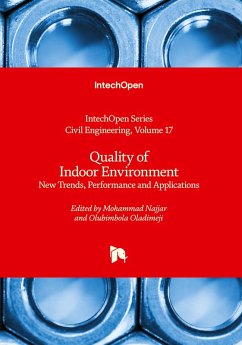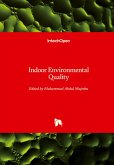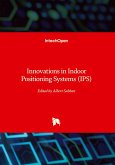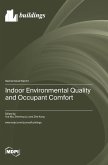As global priorities shift toward sustainability, health, and resilience, the performance of indoor environments has become a decisive factor in building design and management. This book offers a critical and multidisciplinary examination of indoor environmental quality (IEQ), blending scientific rigor with practical relevance for the construction, architecture, and environmental health sectors. This edited volume examines complex challenges, including chemical emissions from carbonyl compounds in educational settings, the influence of microorganisms on indoor comfort, acoustic performance in large public spaces, and the impacts of noise and occupant behavior in construction environments. It further highlights innovative monitoring and mitigation technologies, including electrochemical biosensors and advanced air transformation systems that redefine strategies for healthier, energy-efficient buildings. By aligning cutting-edge research with regulatory frameworks and emerging market demands, this book provides readers with the tools and insights to address critical issues of air quality, acoustics, and human health in the built environment. Its multidisciplinary approach bridges environmental science, engineering, and architecture, offering valuable guidance for academics, practitioners, and policymakers seeking sustainable, occupant-centered solutions. Serving as both a reference and a practical guide, this volume empowers stakeholders to advance innovation, comply with evolving regulations, and achieve a competitive advantage in the rapidly changing global building and facilities management landscape.
Bitte wählen Sie Ihr Anliegen aus.
Rechnungen
Retourenschein anfordern
Bestellstatus
Storno








